An FTL Warp Drive: Making Star Trek’s Dream Possible
Faster than the speed of light. They do it all the time on Star Trek. But is it possible?
This article is more than 2 years old
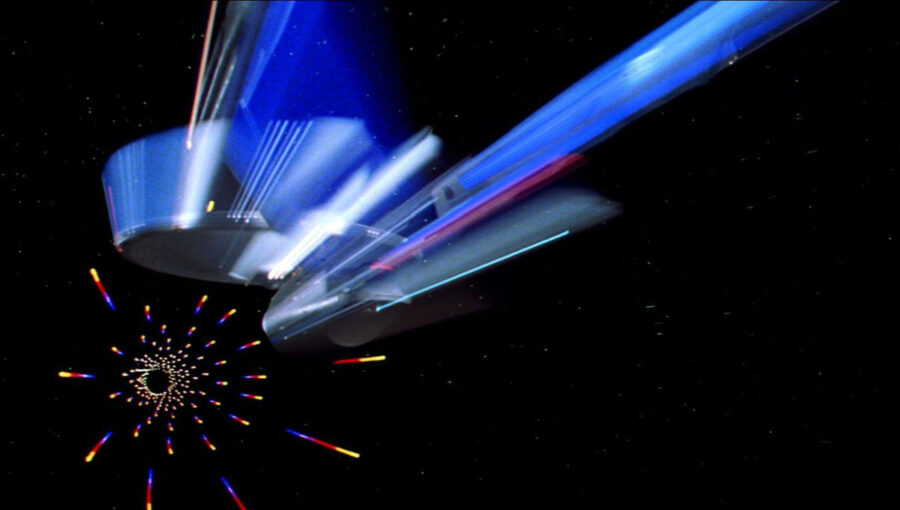
Faster than the speed of light. They do it all the time on Star Trek. But is it possible? Can anything really go FTL? Can something move Faster Than Light (FTL) and if so, how? Here’s the answer.
CAN ANYTHING ACTUALLY GO FTL?

Let’s make one point positively clear: Fictional Star Trek warp drives aside, in a vacuum, nothing can travel faster than the speed of light. So says Einstein and his by now very much proven general theory of relativity.
We have “Warp Speed” in Star Trek and “Hyperspace” in Star Wars, both of which are fictional examples of FTL travel. But according to Einstein and his theory, when an object moves faster, its mass increases. When an object moves faster, its length decreases. At light speed, its length would decrease to 0, which is a physical impossibility, so according to theory, objects are unable to travel the speed of light.
But just because an object can’t move FTL in normal space doesn’t mean that it’s not possible to travel from one place to another faster than light could. There are two theories as to how it could be done, neither of which have ever been proven or can even currently be attempted. Here they are…
THEORY 1: FTL BY HYPERSPACE
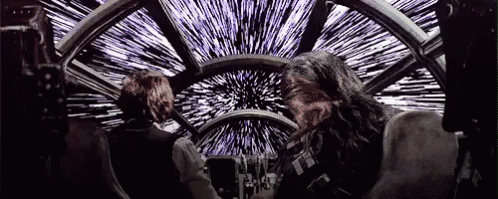
Of course, theorists continue to speculate and offer ideas on how it FTL might possible. One solution would be to create a spaceship that could fold space-time around it, thus allowing for the speed of light travel. Picture a piece of paper. Now picture folding that piece of paper and punching a hole through it. That’s how hyperspace, or folding space, would theoretically work.
You’ve see how Hyperspace works in fiction and you’ve seen examples of it in movies like Star Wars and Interstellar. So far though, if it’s possible, no one knows how to actually do it. But if possible it would allow FTL travel without breaking Einstein’s General Theory of Relativity, since the ship would not actually move anywhere.
THEORY 2: FTL BY WARP DRIVE

A warp drive is a concept most often seen in Star Trek but is also posited by celebrated science fiction author Isaac Asimov. A warp drive generates a warp field, or bubble, around the ship. That bubble warps space around the craft as a means of propellant, allowing fictional ships like the Enterprise to move at speeds that violate the limits of light speed, creating FTL travel.
A warp drive is currently impossible but as a concept it is something that scientists have begun to take seriously. The Alcubierre Warp Drive was recently proposed by engineer Joseph Agnew based on an idea from Mexican physicist Miguel Alcubierre. The idea has some merit though it is currently only theoretical and we lack the technological advancement necessary to make it a reality.
HOW FAST IS LIGHT ANYWAY?
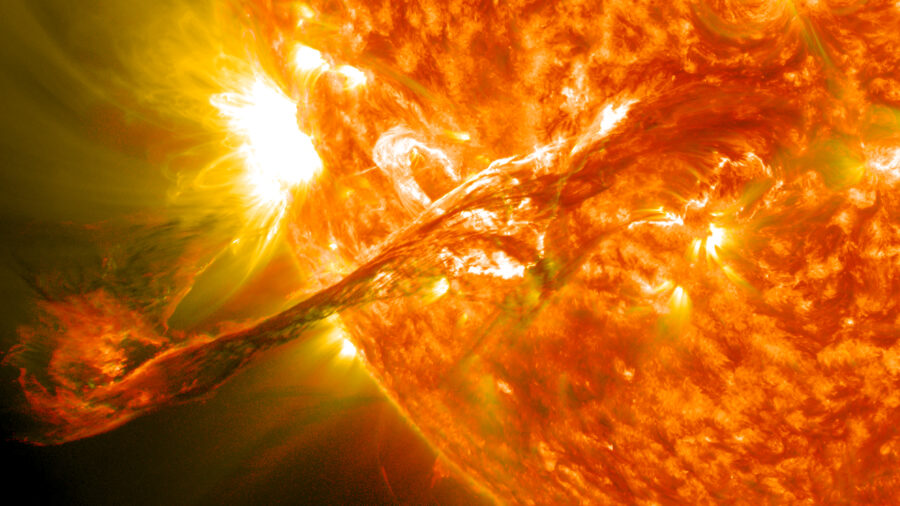
In ancient times Greek scientist Empedocles made the argument that because light moved, it therefore must take time to travel. But famous Greek philosopher Aristotle disagreed, stating his belief that light traveled instantaneously.
Fast forward to 1667 and Galileo Galilei, the Italian astronomer. He tried an experiment in which he had two gentlemen standing on hills opposite each other, about one mile apart. Both held shielded lanterns. One would uncover his lantern and when the other saw it, he would uncover his. Galileo thought that by observing how long it took one to see the light (also calculating in reaction time), he felt he could calculate the speed of light. Unfortunately, the distance Galileo experimented with was too short to see any type of difference, so his conclusion was that light traveled 10 times faster than sound.
In the 1670s a Danish astronomer, Ole Römer, used the eclipses of Jupiter’s moon Io as a chronometer in an attempt to calculate the speed of light. It took Römer a few months to work out his calculations, but the numbers were getting closer and closer to his predictions. His conclusion: light took 10 to 11 minutes to travel from the Sun to the Earth. While we now know that estimate is incorrect (it takes light 8 minutes and 19 seconds to reach Earth) this was the first time scientists had an actual number to work with when understanding FTL.
Over the centuries, others have been involved in calculating the speed of light and therefore what it means to be FTL. English physicist James Bradley worked his calculations based on the change in the apparent position of the stars due to Earth’s travels around the sun. His result was that the speed of light clocks in at 185,000 miles per second, an accuracy that came within 1 percent. The Prussian-born scientist, Albert Michelson, gave it a shot in the 1870s, and based on his calculations, he figured the speed of light to be 186,355 miles per second, a figure that stood for some time.
Of course, there were others. Einstein most notably. With all the technology we have today, the true numbers play this way. The speed of light, in a vacuum, is 186,282 miles per second. This equates to right near 670,616,629 miles per hour. Michelson was not far off at all.
THEORETICAL FTL PARTICLES
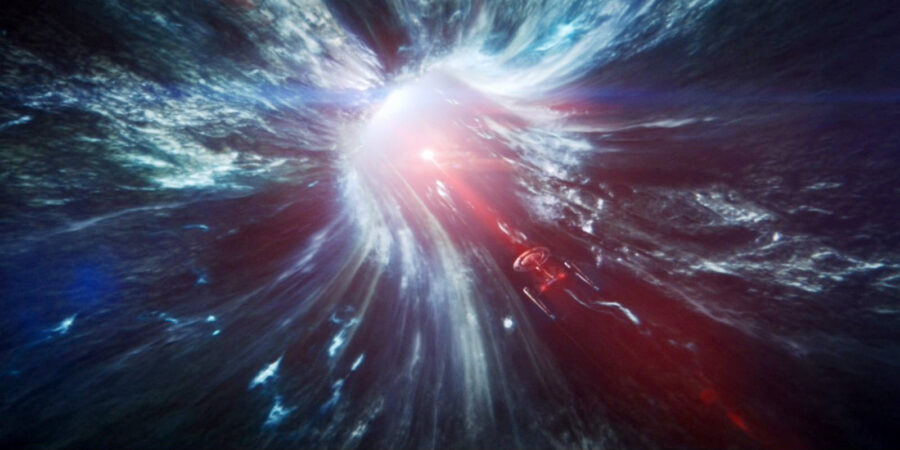
So far we’ve yet to find anything in the known universe which moves FTL. However, scientists have theorized that a particle called a tachyon might exist and that such a particle would be able to move in FTL.
What exactly is a tachyon? A tachyon, or a tachyonic particle, is a hypothetical particle that always travels FTL. They are hypothetical because if they existed, they would violate causality (which is the relationship between causes and effects). For this reason the majority of physicists believe they cannot exist. And so far, there is no firm proof that they do. At least not yet.
GAMMA-RAY BURSTS MOVE FTL
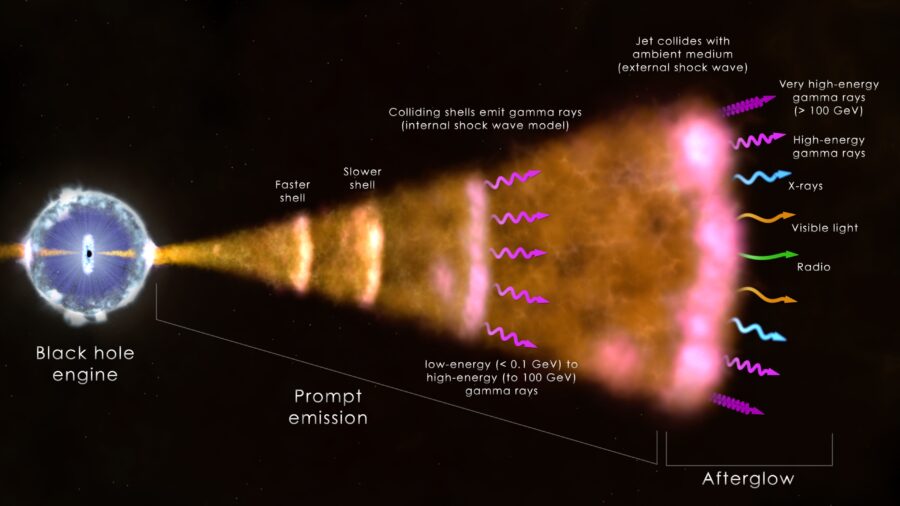
So, if nothing can travel faster than the speed of light (at least not without warping space), why are we hearing about gamma-ray bursts? Well, these may actually move at FTL speeds without the need for warp. Let us explain.
While nothing can travel FTL in a vacuum, when light moves through matter, charged particles, or interstellar gas, for instance, the light slows down. This means there is a possibility of something catching up or passing it. Enter gamma-ray bursts.
These bursts come from far away galaxies and form when ultradense neutron stars collide or when massive stars collapse. When this happens, speeding jets of hot, charged plasma are shot off into space. This could be the result that astrophysicists have been seeing in the vast depths of space recently.
FASTER THAN LIGHT REALITY
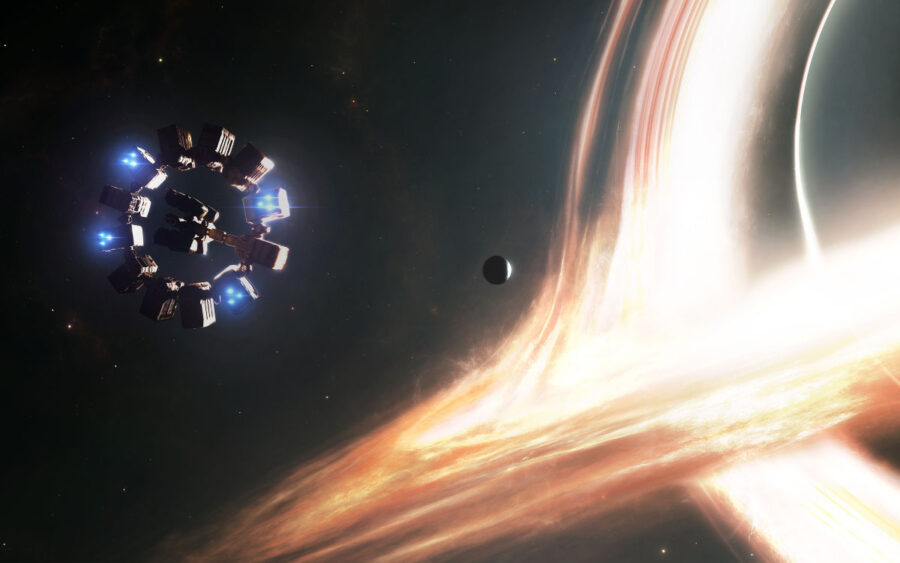
The theory of FTL travel continues on. The reality of it though is another thing. Perhaps the more it is studied, we will find actual proof of something with the ability to move faster than the speed of light. Physically we are not there, even though science fiction fans would like nothing more. Until then, keep looking up to the stars and let your imagination run wild with hope.












